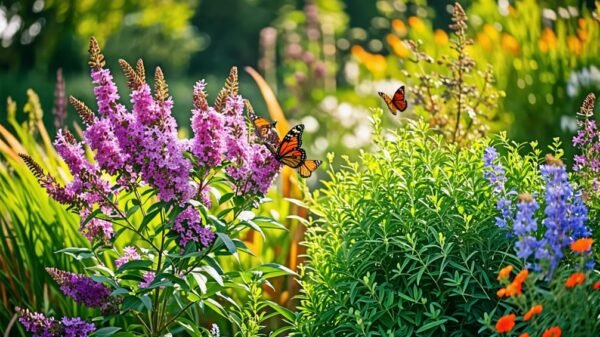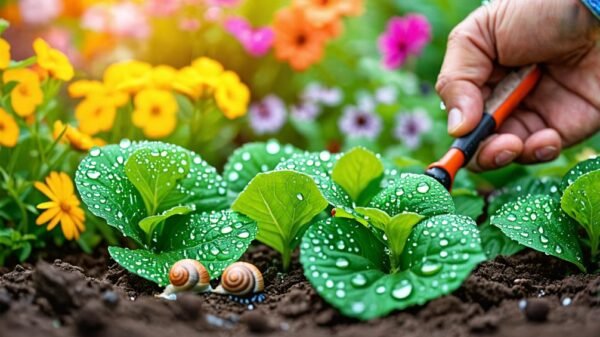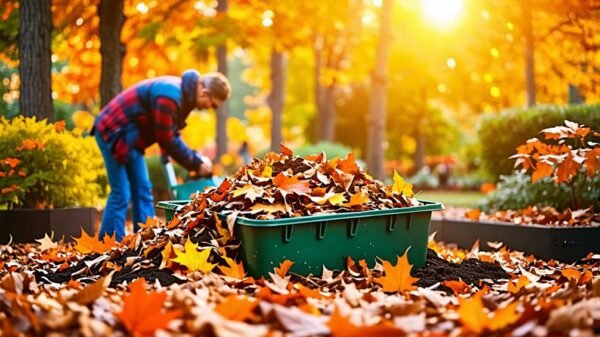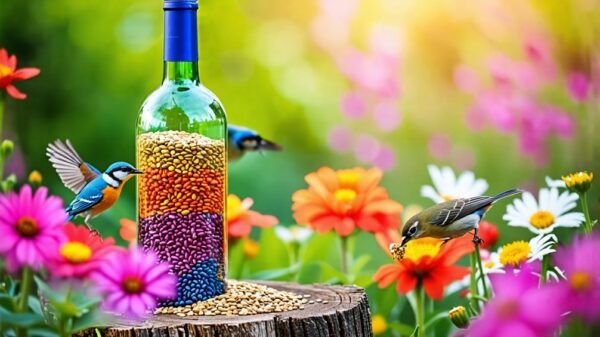The Essential Role of Dragonflies in Your Garden
If you’ve ever paused to watch the graceful flights of dragonflies in your garden, you’re not just admiring their beauty; you’re witnessing nature’s very own pest control agents at work. These agile insects are more than just a colorful addition to your outdoor space—they play an incredibly important role in maintaining the ecological balance of your garden and provide a host of benefits that can enhance your gardening experience.
A Natural Predator of Pests
One of the standout benefits of having dragonflies around is their impressive diet. A single dragonfly can consume over 100 mosquitoes in one day. With their incredible speed—reaching up to 30 miles per hour—they’re agile hunters, capable of catching and devouring a wide range of pests, including gnats, midges, flies, and moths. This natural pest control helps maintain a healthy garden environment, reducing the need for chemical insecticides that may harm other beneficial creatures.
Encouraging a Thriving Environment
Dragonflies are often seen as indicators of a healthy ecosystem. Their presence suggests that your garden is a thriving environment, rich in biodiversity. They are not just predators; they also contribute to pollination. While they mainly feed on other insects, dragonflies do visit flowers to hunt, inadvertently aiding in the pollination process. Incorporating dragonflies into your gardening strategy not only reduces pests but also supports your plants.
Create a Water Source
To attract these helpful insects, consider adding a water source to your garden. Dragonflies lay their eggs in water, and their nymphs, which can live underwater for up to two years, are voracious consumers of mosquito larvae. You don’t need a large pond; a simple bird bath or small fountain can serve as a suitable habitat. The movement of water often attracts these insects, encouraging them to thrive in your space.
Plant Diversity as an Attractant
In addition to water, specific plants will draw dragonflies to your garden. Native plants such as cattails and water lilies not only beautify your space but also provide essential habitats for dragonfly larvae. Other flowering plants, like black-eyed Susans, milkweed, and asters, attract a variety of pollinators, including dragonflies, which come to hunt for the insects flocking to these flowers. By maintaining an assortment of plants with varying heights and open spaces, you create an optimal environment for dragonflies.
Best Practices for a Dragonfly-Friendly Garden
Creating the perfect environment for dragonflies is about more than just adding water and plants. Here are some simple practices to keep in mind:
-
Limit Pesticide Use: Many pesticides are harmful to dragonflies, which can affect their populations and the abundance of their prey.
-
Leave Open Spaces: Dragonflies love open areas where they can hunt freely. Avoid overcrowding your garden with too many plants; instead, balance your landscape with patches of grass and open air.
- Provide Shelter: Areas with tall grasses or low shrubs can offer shelter for dragonflies, allowing them to rest and hide from predators.
Adding dragonflies to your gardening strategy not only makes your space visually stunning but it also creates a sustainable environment for both your plants and local wildlife. By encouraging these predators to thrive in your yard, you significantly reduce the hassle of pesky insects while doing your part to maintain ecological balance.
Every garden can benefit from the charming presence of dragonflies. By creating a welcoming habitat, you will enjoy the beauty of these remarkable insects while nurturing the health of your garden. Your backyard can become a vibrant ecosystem rich in life, bringing you closer to nature’s wonders right outside your door.









































